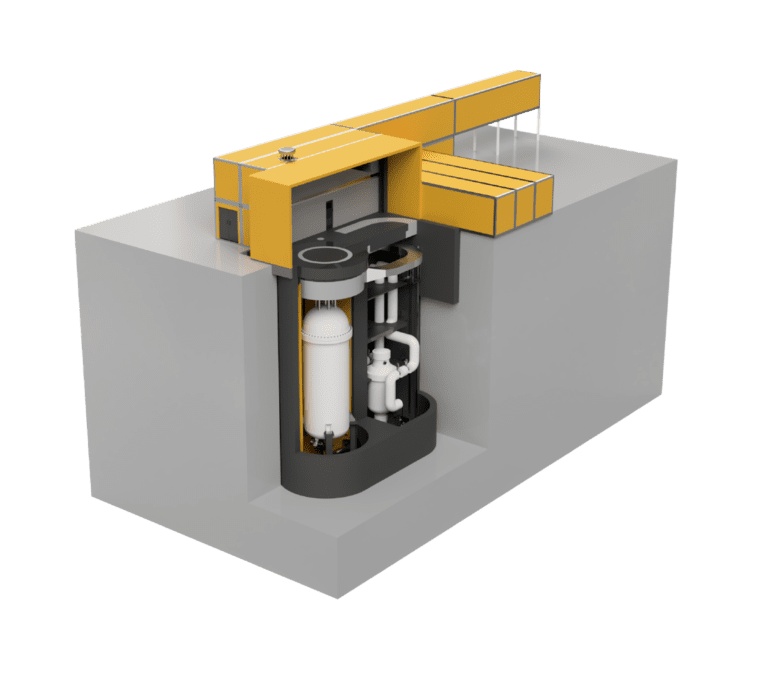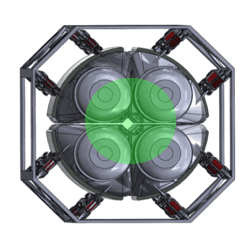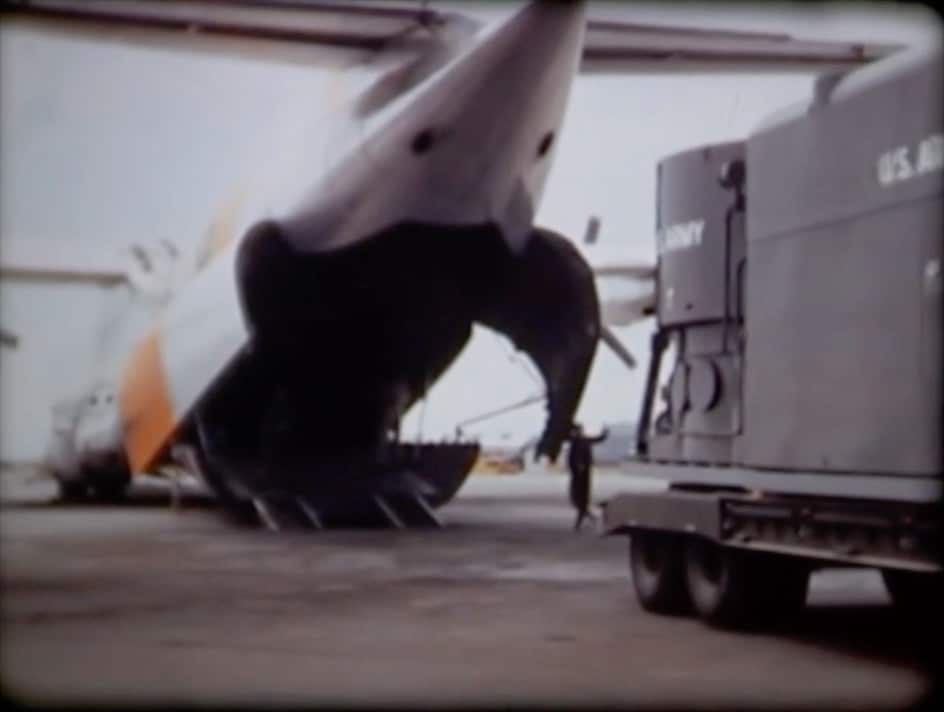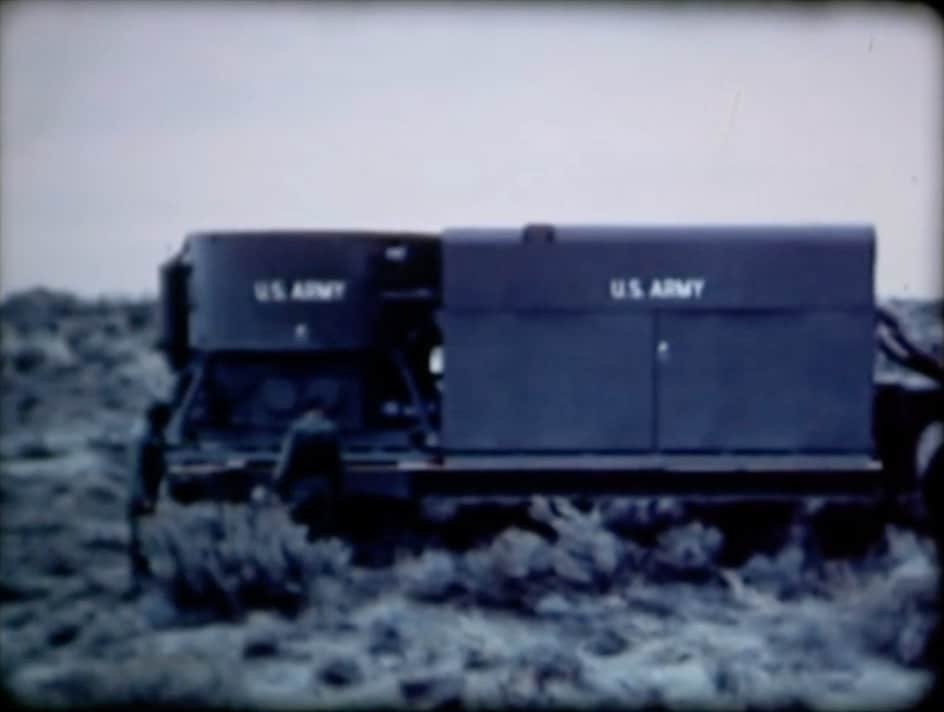China’s high temperature reactor – pebble bed modular (HTR-PM) achieves its first criticality
On the morning of September 12, 2021, reactor number 1 of the eagerly awaited HTR-PM project was taken critical for the first time. Initial criticality for any new reactor is a big deal for the people involved in the project; this one is a big deal for the future of nuclear energy. It might also…





